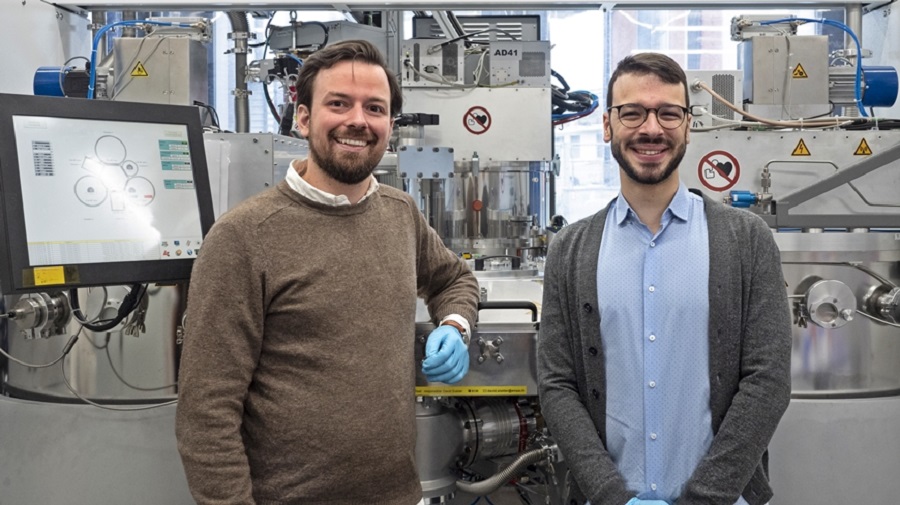
A team of researchers from the Swiss Federal Laboratories for Materials Science and Technology (EMPA) have launched a spin-off company called BTRY where they aim to bring their solid-state battery to market.
In a press release, the researchers said it was time to rethink battery technology. They pointed out that compared to other existing or developing technologies, their lithium metal-based solid-state battery can be charged and discharged within one minute, lasts about 10 times as long as a lithium-ion battery, and is insensitive to temperature fluctuations.
In addition, unlike lithium-ion batteries, the new device is not flammable. Incorrect handling or damage to a conventional lithium-ion cell can lead to a fire that releases toxic gases and is extremely difficult to extinguish.
The new battery is a so-called thin-film solid-state battery. The technology itself is not new – such batteries have been known since the 1980s. So far, due to the very low mass of their thin-film components – the entire cell is only a few micrometres thick – they have been able to store very little energy so far. However, BTRY lead researchers Abdessalem Aribia and Moritz Futscher have succeeded in stacking the thin-film cells on top of each other, increasing their capacity.
This makes the battery very promising for commercial applications. The thin-film cells are manufactured using vacuum coating. This means that the desired materials are atomized in a vacuum chamber to form individual atoms, which are then deposited in a precisely controlled layer on the target substrate.
“Such manufacturing methods are currently used on a large scale in the production of semiconductor chips and glass coatings,” Futscher said. “That’s an advantage for us because the machines and know-how to manufacture our battery are largely in place already.”
The high-precision manufacturing method also has the advantage of not needing toxic solvents.
Yet, it also makes the thin-film battery more expensive. The researchers therefore see its application primarily in products where the battery only accounts for a small part of the overall cost of the device – for example, in smartphones and smartwatches or in satellites. “There, the advantages of our technology more than make up for the higher price,” Aribia said.
But before the first thin-film batteries launch into space or supply smartphones with power, there is a lot of work to do, both on the administrative and the technical side.
Over the next two years, the researchers want to increase both the surface area of the battery and the number of layers.
“Currently, our batteries consist of only two layers of about 1×3 millimetres,” Aribia said. “Next, we want to make a battery of about one square centimetre with two to three layers. We can’t power a satellite with that yet – but we can very well show that our technology is scalable.”